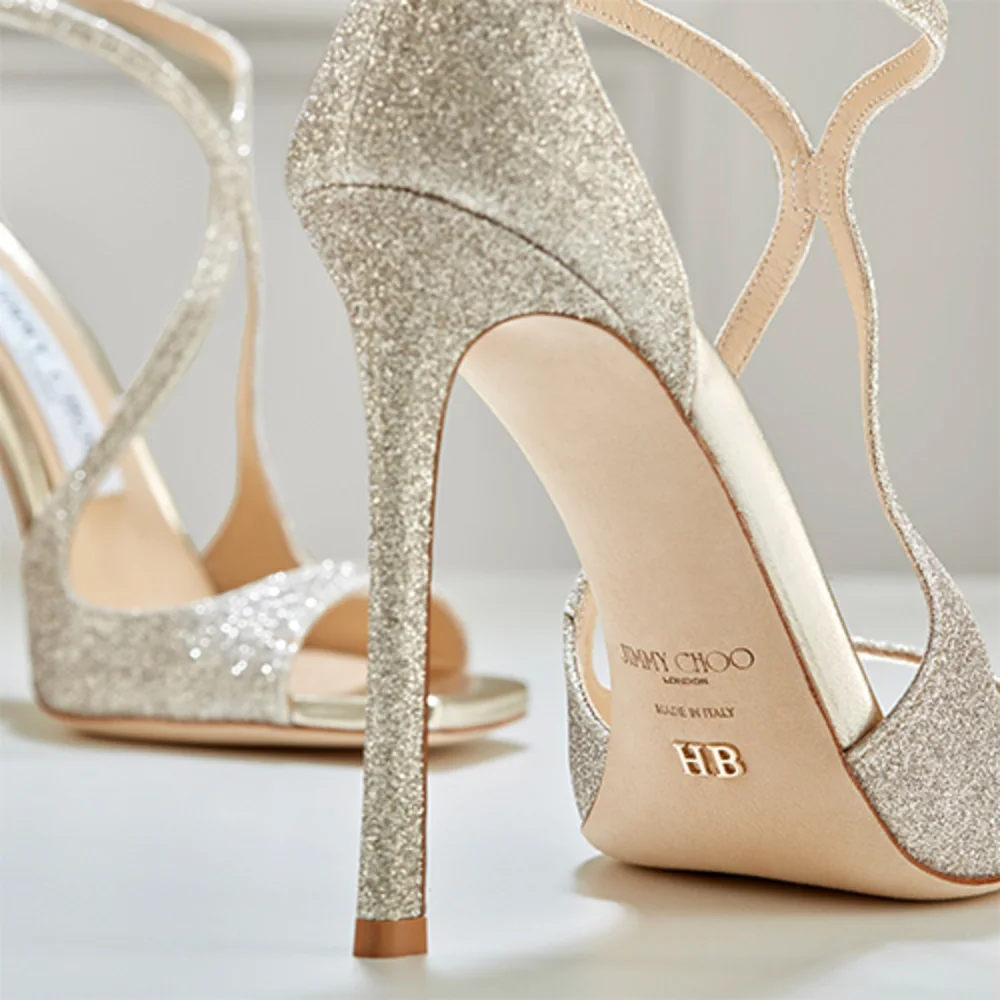

High heel shoes have long been a staple in the fashion world, adorning the feet of many who desire a sophisticated and elevated look. However, while high heels can certainly enhance one’s style, they also have a host of potential adverse effects on the feet. In this article, we will explore the various ways in which wearing high-heeled shoes can impact foot health and overall well-being.
Foot Pain and Discomfort
One of the most immediate and expected consequences of wearing high heels is foot pain and discomfort. High heels shift the body’s weight forward, placing excessive pressure on the balls of the feet, leading to pain, burning sensations, and discomfort, especially during extended periods of wear. Over time, this discomfort can evolve into chronic foot conditions, such as metatarsalgia, characterized by inflammation and pain in the ball of the foot.
Ankle Instability
High heels can also affect ankle stability. The raised heel height alters the natural alignment of the ankle joint, making it more susceptible to sprains and twists. This instability can lead to painful injuries and long-term damage to the ligaments and tendons in the ankle.
Corns and Calluses
The pressure and friction exerted on the toes and the balls of the feet when wearing high heels can result in the development of corns and calluses. These thickened, hardened areas of skin can be not only painful but also aesthetically displeasing. Constant friction can also lead to blisters and sores, making wearing high heels a less-than-pleasant experience.
Bunions
Bunions are a common foot deformity characterized by a bony bump at the base of the big toe. Wearing high heels with a narrow toe box can exacerbate the development of bunions or worsen existing ones. The cramped space inside the shoe forces the toes into unnatural positions, increasing the risk of bunion formation.
Hammertoes
High heels can contribute to the development of hammertoes, a condition in which the toes become bent and resemble a hammer or claw. The elevated heel and tight shoe space can force the toes into a flexed position, leading to deformities over time. Hammertoes can be painful and may require medical intervention to correct.
Back and Posture Problems
Wearing high heels doesn’t just affect the feet; it can also impact your overall posture and spine health. High heels tilt the pelvis forward and force the lower back to arch excessively, leading to discomfort, muscle fatigue, and an increased risk of developing chronic back pain.
Long-Term Damage
Consistently wearing high heel shoes over an extended period can result in long-term damage to the feet. Chronic conditions like arthritis and joint pain can develop, making everyday activities painful and challenging.
In Conclusion
While high heels may be a glamorous fashion choice, they come with a price when it comes to foot health. The potential negative effects on the feet from wearing high-heeled shoes are numerous. They can range from immediate discomfort to long-term damage. It’s essential for those who choose to wear high heels to do so in moderation and to prioritize comfort and foot health. Alternating between high heels and flat, supportive footwear can help mitigate some negative consequences, ensuring that fashion doesn’t come at the expense of foot well-being.
